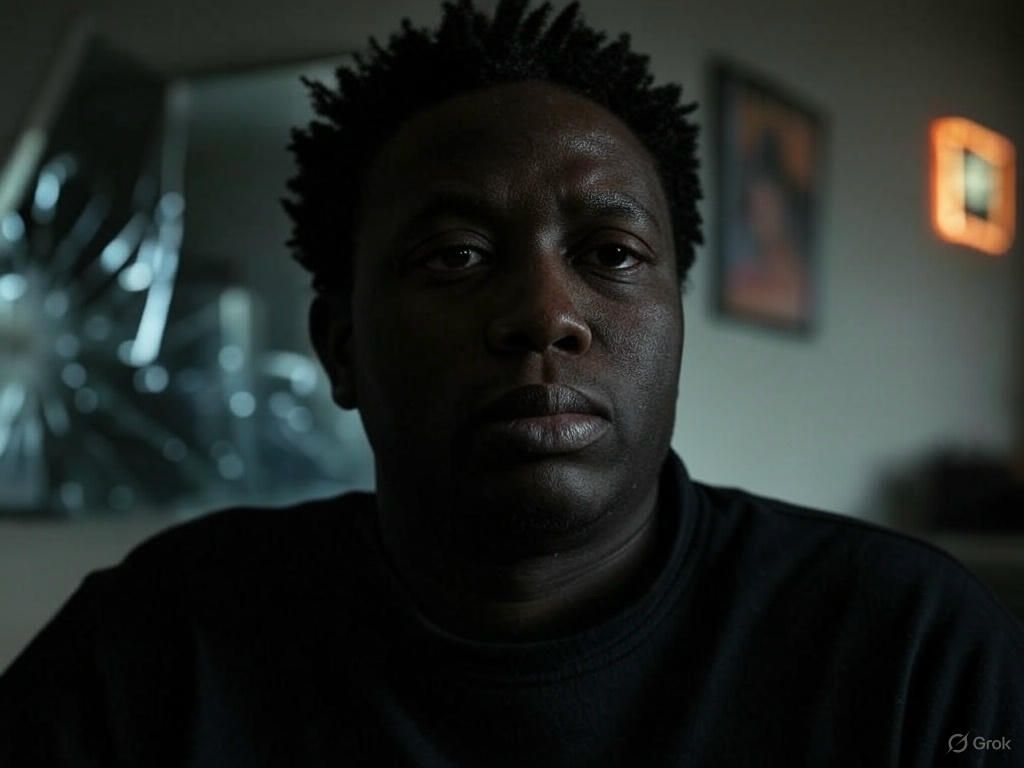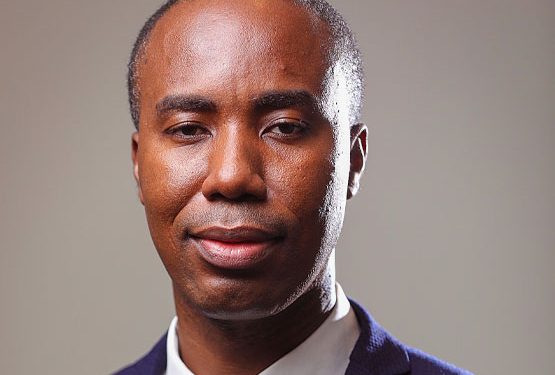
Sexual addiction, often misunderstood or dismissed, is a very real mental health issue that can deeply affect relationships, emotional wellbeing, and everyday functioning. It’s not just about high libido — it’s about compulsive sexual behaviour that continues despite negative consequences.
READ ALSO: Hypersexuality? Here's how to overcome sex addiction
Overcoming sex addiction isn’t about shame. It’s about healing, regaining control, and building a healthier relationship with intimacy and self-worth. If you or someone you love is struggling, here are six realistic and supportive steps to consider.
1. Acknowledge the Problem Without Shame
The first — and most courageous — step is admitting there’s an issue. Many people trapped in the cycle of sex addiction struggle with denial or minimising their behaviour. Others are overwhelmed by guilt or secrecy.
Recognising your behaviour without condemning yourself is key. It’s not about labelling yourself as “broken” — it’s about understanding that your actions are a symptom of unmet emotional needs, past trauma, or mental health struggles that deserve attention.
2. Seek Professional Therapy
Sex addiction often stems from deeper emotional wounds — such as childhood trauma, abandonment, or anxiety disorders — and requires professional help. Seeing a therapist who specialises in addiction or sexual behaviour can help you identify your triggers, build coping tools, and unpack emotional roots.
Cognitive Behavioural Therapy (CBT), trauma-informed counselling, or even group therapy (like Sex Addicts Anonymous) are effective options. Therapy offers a safe space to heal, not to be judged.
3. Identify Triggers and Patterns
Like with any addiction, there are situations, emotions, or environments that lead to compulsive behaviour. Maybe it's loneliness, boredom, rejection, or even success. It could be late nights online, alcohol-fuelled situations, or a particular app.
Tracking these triggers — through journaling or with the help of a therapist — can make the cycle visible and manageable. Once you're aware, you can take steps to interrupt the behaviour before it starts.
4. Limit or Avoid Risky Environments
Temptation is harder to resist when it’s within arm’s reach. That might mean deleting certain apps, setting screen-time limits, or avoiding specific websites or locations that encourage acting out. It could also involve changing your routine — for instance, not using your phone in bed or choosing different social hangouts.
Boundaries are not restrictions — they’re safeguards that help you take your power back.
READ ALSO: Met Gala 2025: 10 iconic female looks that shut down the red carpet
5. Replace with Healthy, Fulfilling Habits
It’s easier to let go of harmful habits when they’re replaced with constructive alternatives. Exercise, meditation, reading, creative hobbies, or volunteering can help redirect energy in ways that promote healing and self-respect.
Most importantly, aim to build meaningful emotional connections — not just physical ones. Deep friendships, open communication, and time spent with supportive people can fill the void that compulsive behaviour tries to mask.
READ ALSO: 20 Healthy High-Fat Foods You Should Be Eating, According To Nutritionists
6. Be Patient and Compassionate with Yourself
Recovery isn’t linear. There may be relapses, setbacks, or moments where progress feels slow. Don’t let guilt drag you back into the cycle. Treat yourself with the same compassion you’d offer a friend.
Track small victories. Celebrate moments where you chose differently. Every step forward — no matter how small — is still progress.
Sex addiction is not a moral failing — it’s a mental health challenge that can be overcome with support, structure, and self-awareness. By seeking help, building boundaries, and addressing the emotional roots of the addiction, you can regain control and move toward a more balanced, fulfilling life.
Healing takes time, but it starts with a single brave step — one you don’t have to take alone.
Read Full Story










Facebook
Twitter
Pinterest
Instagram
Google+
YouTube
LinkedIn
RSS